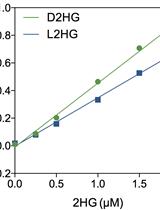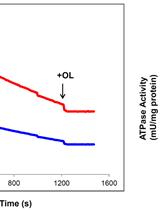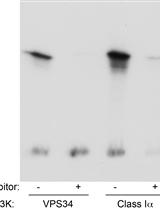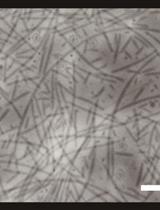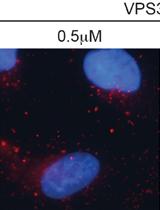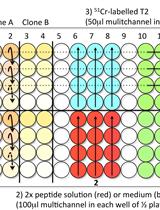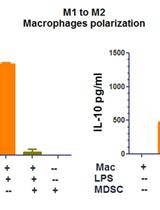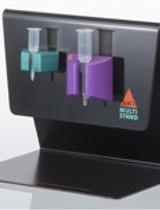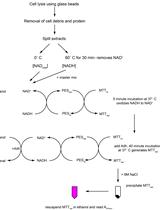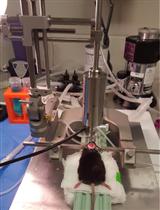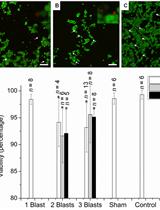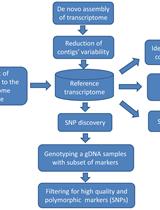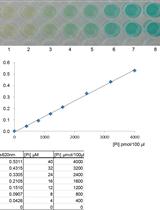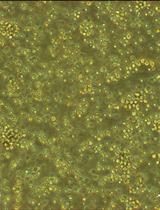- Protocols
- Articles and Issues
- About
- Become a Reviewer
Past Issue in 2016
Volume: 6, Issue: 16
Biochemistry
Quantification of 2-Hydroxyglutarate Enantiomers by Liquid Chromatography-mass Spectrometry
Determination of the H+-ATP Synthase and Hydrolytic Activities
Determination of VPS34/PIK3C3 Activity in vitro Utilising 32P-γATP
Purification of Flagellin from Acidovorax avenae and Analysis of Plant Immune Responses Induced by the Purified Flagellin
Cell Biology
Determination of Cellular Phosphatidylinositol-3-phosphate (PI3P) Levels Using a Fluorescently Labelled Selective PI3P Binding Domain (PX)
Immunology
Chromium-51 (51Cr) Release Assay to Assess Human T Cells for Functional Avidity and Tumor Cell Recognition
Macrophage Polarization by Tumor-induced MDSCs Assay
Adoptive Transfer of Tumor Expanded Regulatory T Cells (Tregs)
Microbiology
A Modified Chromogenic Assay for Determination of the Ratio of Free Intracellular NAD+/NADH in Streptococcus mutans
Neuroscience
A Controlled Cortical Impact Mouse Model for Mild Traumatic Brain Injury
Primary Explosive Blast-induced Traumatic Brain Injury Model in PC12 Cell Culture
Plant Science
15N-nitrate Uptake Activity and Root-to-shoot Transport Assay in Rice
Experimental Pipeline for SNP and SSR Discovery and Genotyping Analysis of Mango (Mangifera indica L.)
Determination of Recombinant Mannitol-1-phosphatase Activity from Ectocarpus sp.
Stem Cell
Bone Marrow-derived Endothelial Progenitor Cell Intercellular Adhesion Assay


